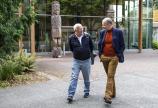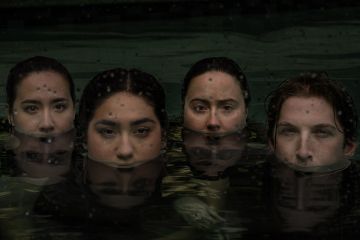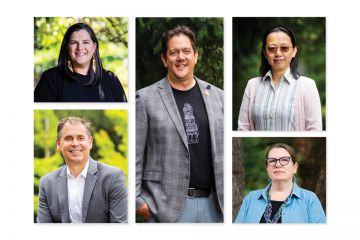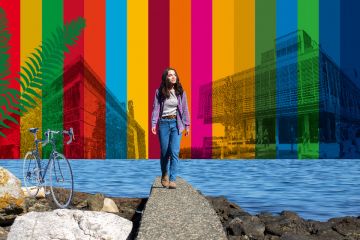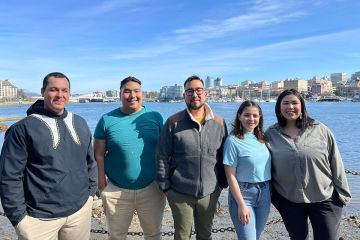Climate crisis sparks new journalism professorship
- John Threlfall
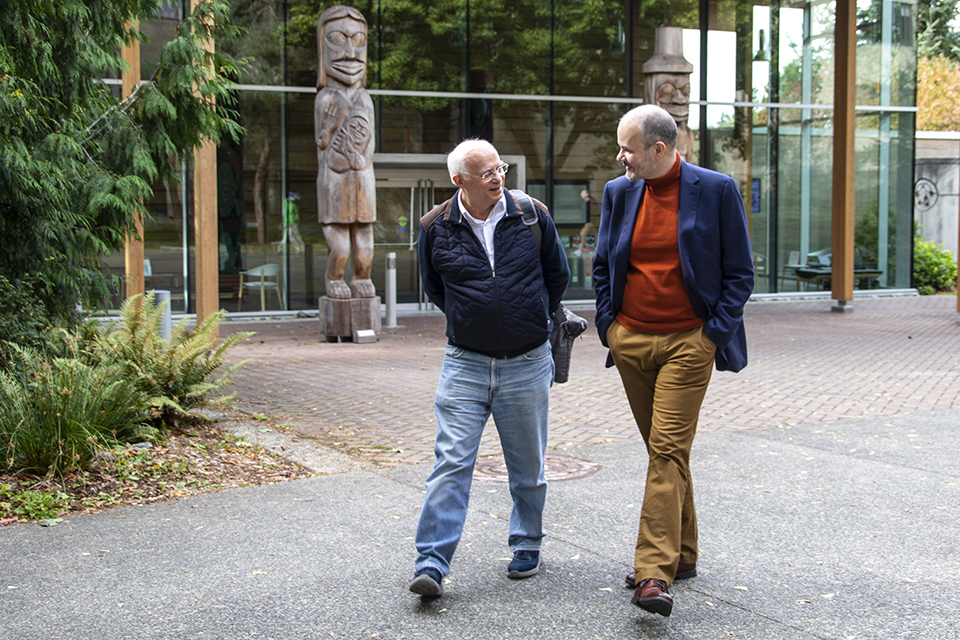
Wildfires, droughts, floods, extreme storms: we are living in a time when climate change should be the biggest story of our time—yet, as the recent federal election proved, all too often it doesn’t even make the headlines. But as the new Wayne Crookes Professor in Environmental and Climate Journalism in the Department of Writing, Sean Holman hopes to bring a more human dimension to the climate crisis.
“The news media has extensively reported on the environmental, economic and political dimensions of climate change—but journalists have struggled to humanize that phenomenon,” says Holman, a former public affairs and legislative journalist himself.
Global warming can often seem like it's a remote phenomenon that’s happening elsewhere or in the future, rather than something close at hand and already harming people and families around the world. That dampens the urgency to act on climate change. And it means those who have been harmed can feel alone in their experiences, rather than being supported as part of a shared community of climate disaster survivors—a community we are all part of.
—Sean Holman, UVic Wayne Crookes Professor in Environmental and Climate Journalism
An award-winning journalist and UVic alumnus whose five-year appointment as the Crookes Professor began Sept. 1, Holman will also co-lead the first-ever survey of journalists and scientists regarding climate change media coverage, as well as launch a “climate disaster survivor” memory vault with at least nine other Canadian journalism programs.
“This project will amplify the stories of those who have experienced such disasters,” he explains. “Those stories will be shared with news media partners, as well as preserved in a climate disaster memory vault, similar to other important oral history projects that have humanized the impact of natural disasters and humanitarian crises around the world. In doing so, we hope to better understand the commonalities in those experiences, launching investigative journalism projects that can surface these shared problems, and solutions to them.”
The Crookes Professorship—created in January 2021 through an inspiring gift of $1.875 million by Vancouver business leader and political activist Wayne Crookes—aims to increase the quantity, quality, depth and prominence of science-based environmental journalism and media coverage to address the impacts of climate change and biodiversity loss.
Yet despite literally being the burning issue of our time, Holman feels the lack of attention paid to the climate crisis in the recent federal election is symptomatic of the need for journalists and scientists to work together to improve coverage.
“In this new age of disaster, climate change should be the biggest story of our time: it should be the biggest political issue of our time—and what to do about it should be the top ballot-box question,” he says. “Because if we answer that question wrong, everything that we have built together as a society and everything we could build together will be put at risk.”
That’s where the survey of journalists and climate scientists comes in—which Holman will launch ahead of the upcoming COP26 climate conference in Glasgow. By asking what they think about environmental media coverage, and how it can be improved, he’s hoping to build better bridges between the two groups.
“Both professions have a lot in common: we are part of a shared community that contributes to evidence-based decision-making by the public and policymakers—but its members need to be speaking with one another about climate change communication more than we are right now.”
Photos
In this story
Keywords: arts, community, climate, sustainability, administrative
People: Sean Holman
Publication: The Ring

